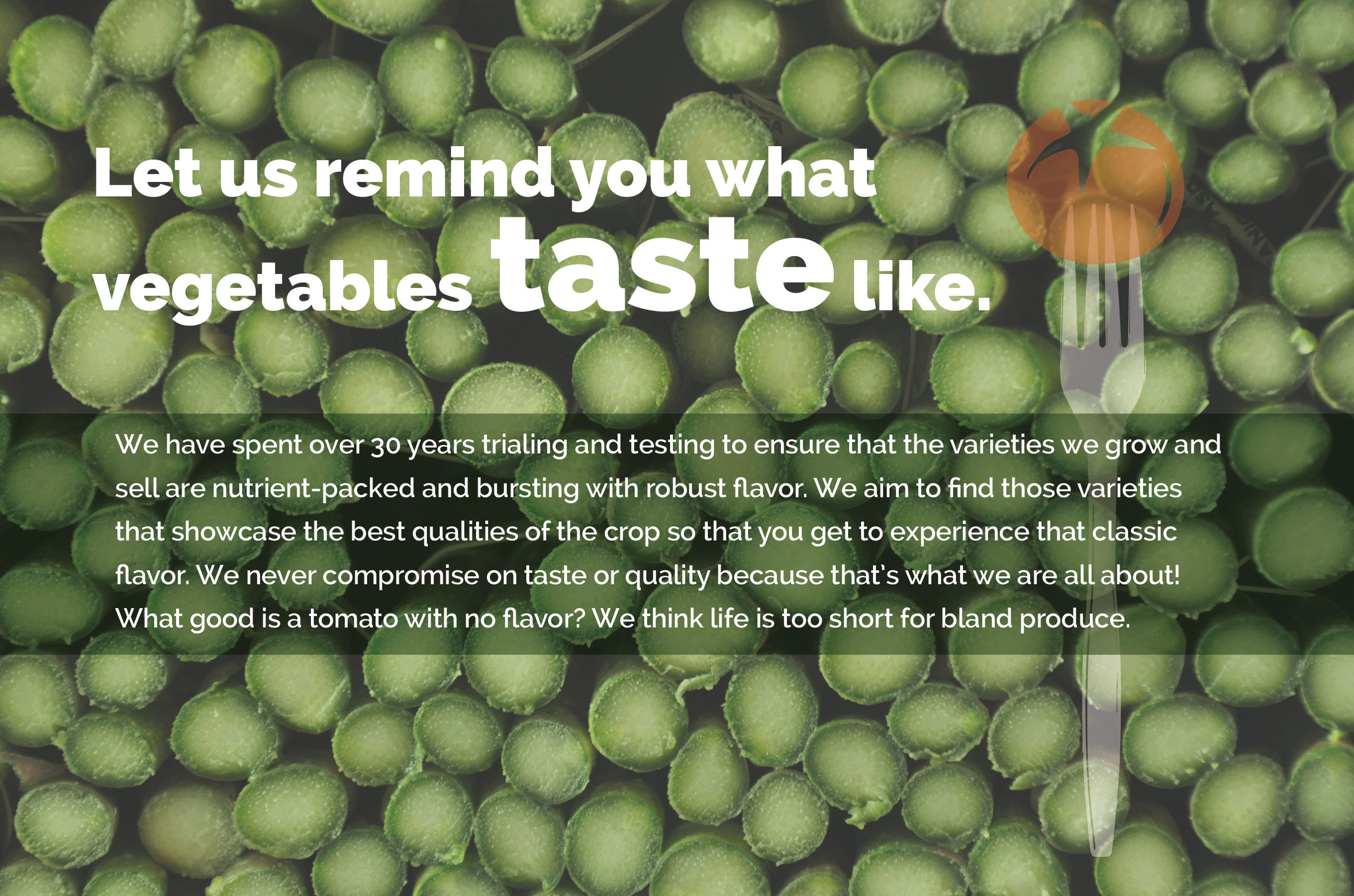

Durst Organic Growers is a certified organic, family-owned farm located in the heart of Northern California in Yolo County. We grow a variety of fresh market organic produce that can be found in popular supermarkets throughout California, the Pacific Northwest, and beyond. We work hard to closely monitor the quality of our products so that anyone who tastes our produce remembers the "Durst Organic Growers" flavor experience. We are committed to growing the best tasting, most nutritious produce in an ecologically sustainable manner.
July was a record-breaking month of a heat spell for us in Yolo County. We’re used to triple digit summer temperatures, but not for this long of a stretch (or this high of temps!). Through that heat, we’ve been harvesting tomatoes for about 65 days now! We both can’t believe it’s been that long and are also sure it’s been longer (shouldn’t the season be almost over by now?).
Planting season is a frenzied season. There is a short window in which we need to “terminate” our cover crops – we talked about that in the last letter – and prepare the field to be planted anew in “cash” crops. Getting all the beds in all the fields prepared at once is tricky (or, rather, impossible). We have a limited number of tractors and tractor drivers, and a seemingly unlimited amount of work to get done in what feels like a very limited amount of time.
It’s early April and we’re starting to believe Spring is here. The almond blossoms of our neighbors’ orchards have all fluttered to the ground, the oak trees dotting the hillsides are showing their bright green new leaves, and our asparagus is starting to emerge out of the ground at a steady pace.
February is a slow time of year here on our farm, especially during wetter years. The rain, though much appreciated, keeps us out of the fields – just as they dry out, another storm comes! – resigning us to equipment repairs and maintenance, site cleanup projects, and fine-tuning our plans for the coming seasons. And, now, setting up for asparagus!
Before welcoming the winter season, we had a few projects needing attention. The biggest one, outside the scope of our normal annual tasks, was an irrigation infrastructure project.
While we, and many other farmers, still believe in the merits of certified organic, we feel the USDA is bending to well-financed lobbying efforts and is no longer upholding the standards outlined by the National Organic Program.
The process of taking down the tomato plants is not quite as tedious as getting them going, but is a cumbersome task no less.
While Labor Day may mark an end of summer for some, we generally look towards the crops to let us know when seasons end. September is a transitional period where summer and fall blend together, the seasonal crops and activities overlapping. Whether it’s “late summer” or “early fall,” the between time is full of excitement as we begin harvesting winter squash (also known as hard squash), officially finish with watermelon (but then continue to bring in smaller harvests from our grafted plants that are still somehow looking great), continue on with harvesting tomatoes (while starting to take down early plantings), and begin planting for fall (true fall, that is).
Click the produce below for more:
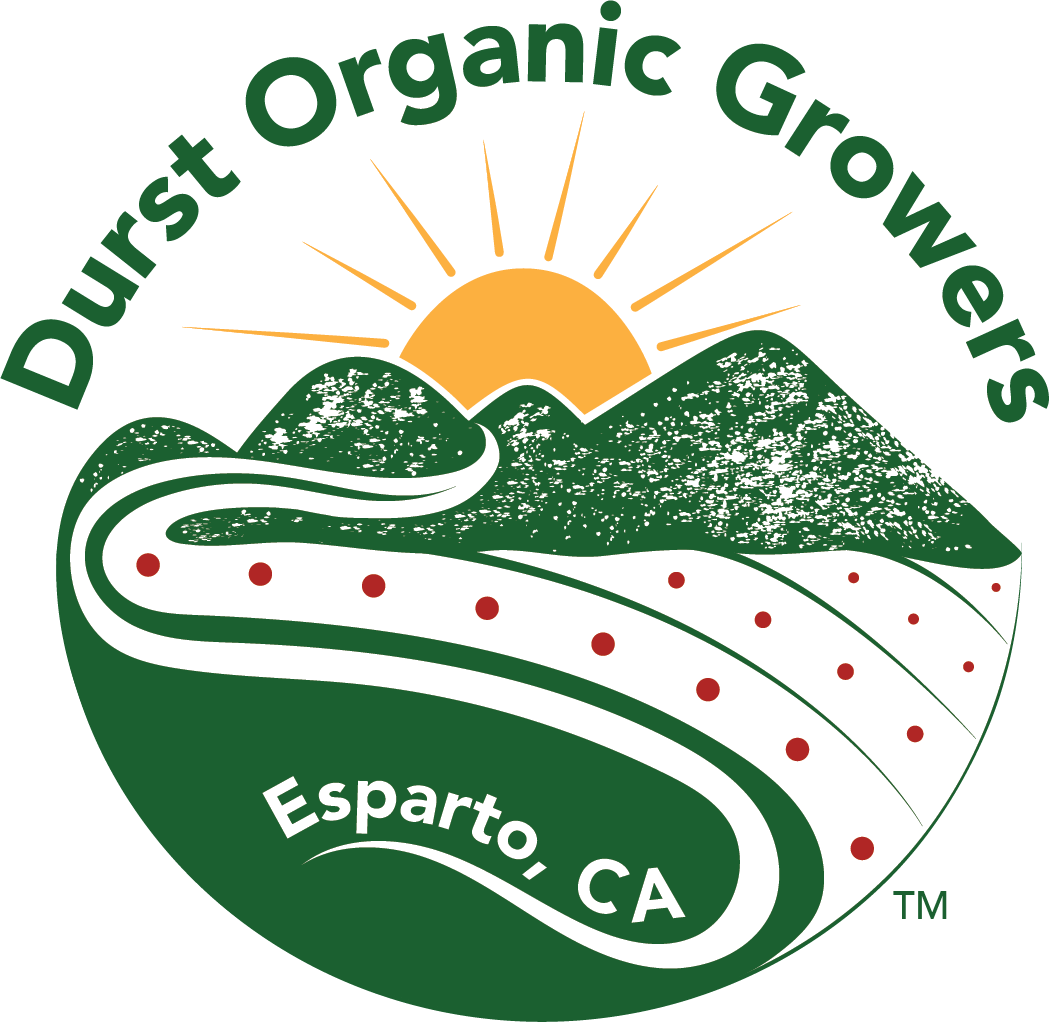









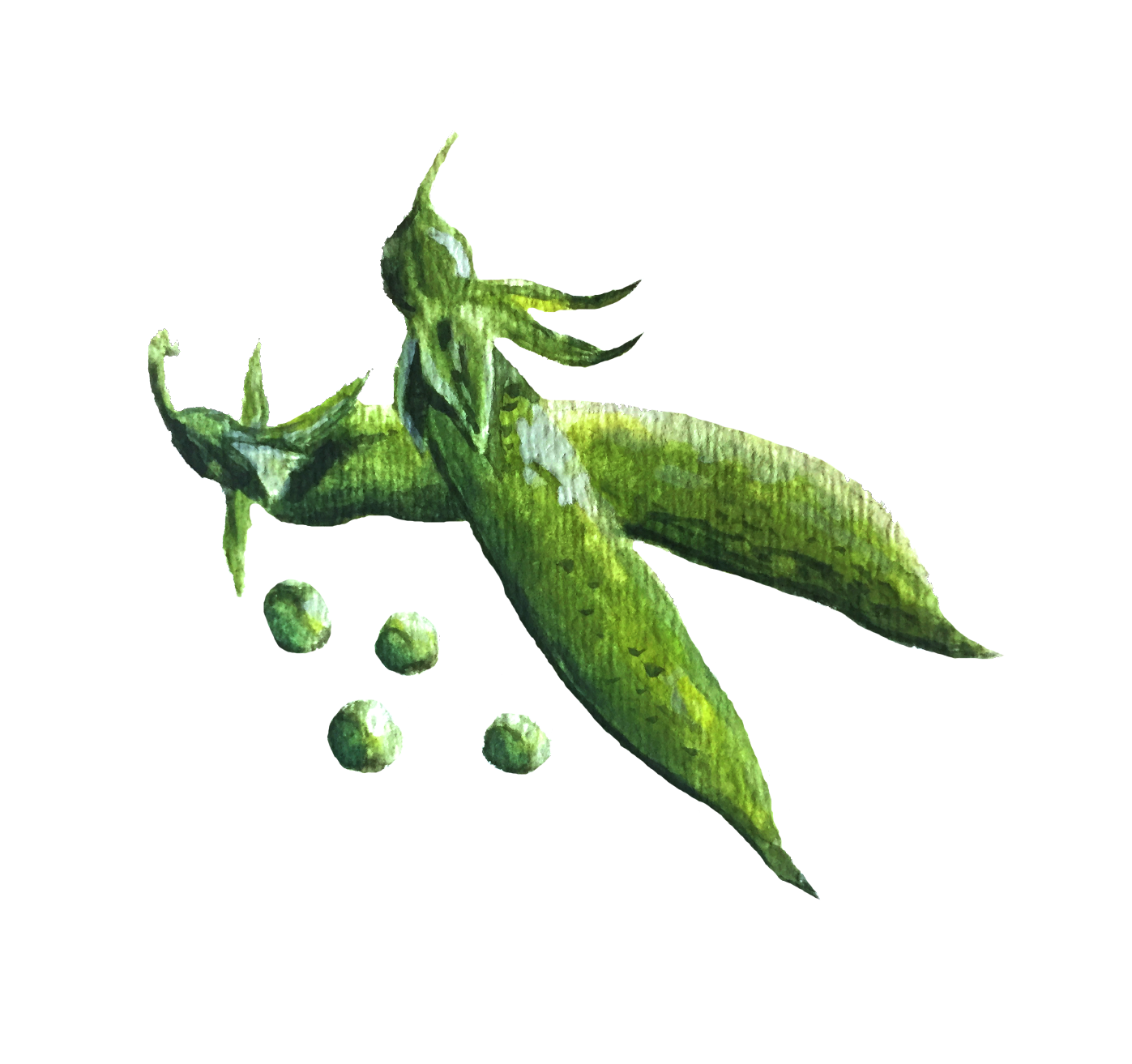
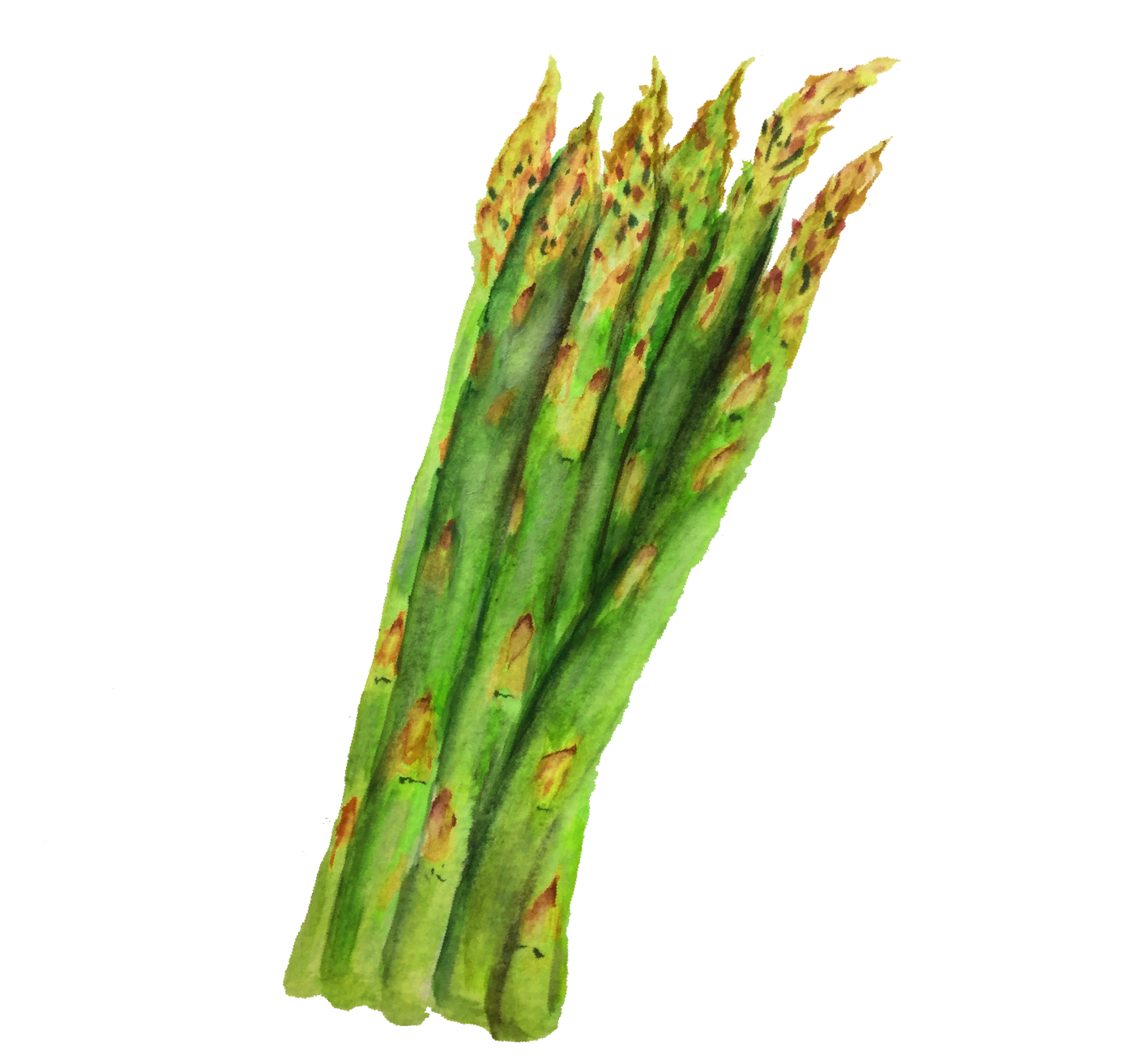
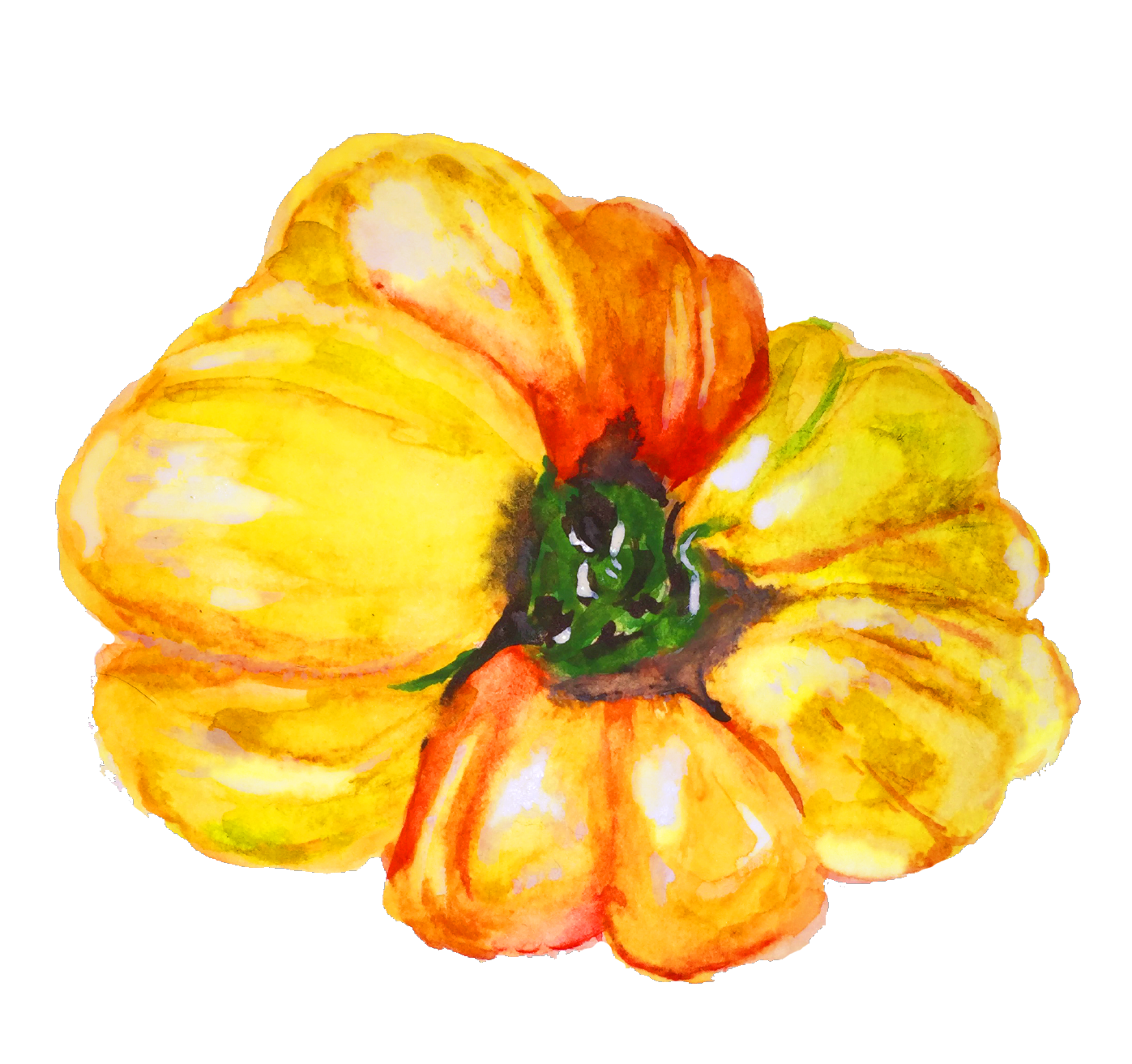
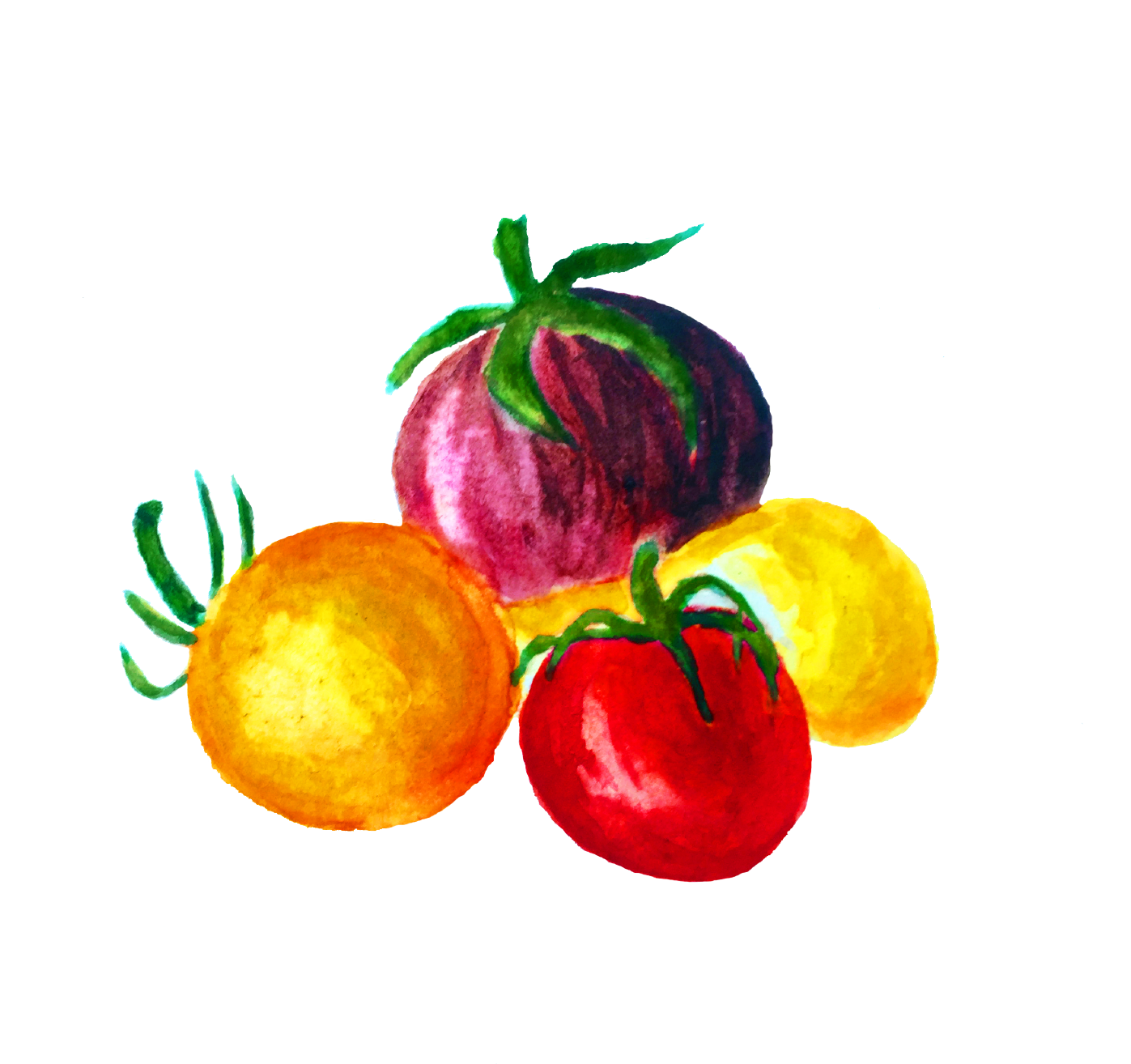
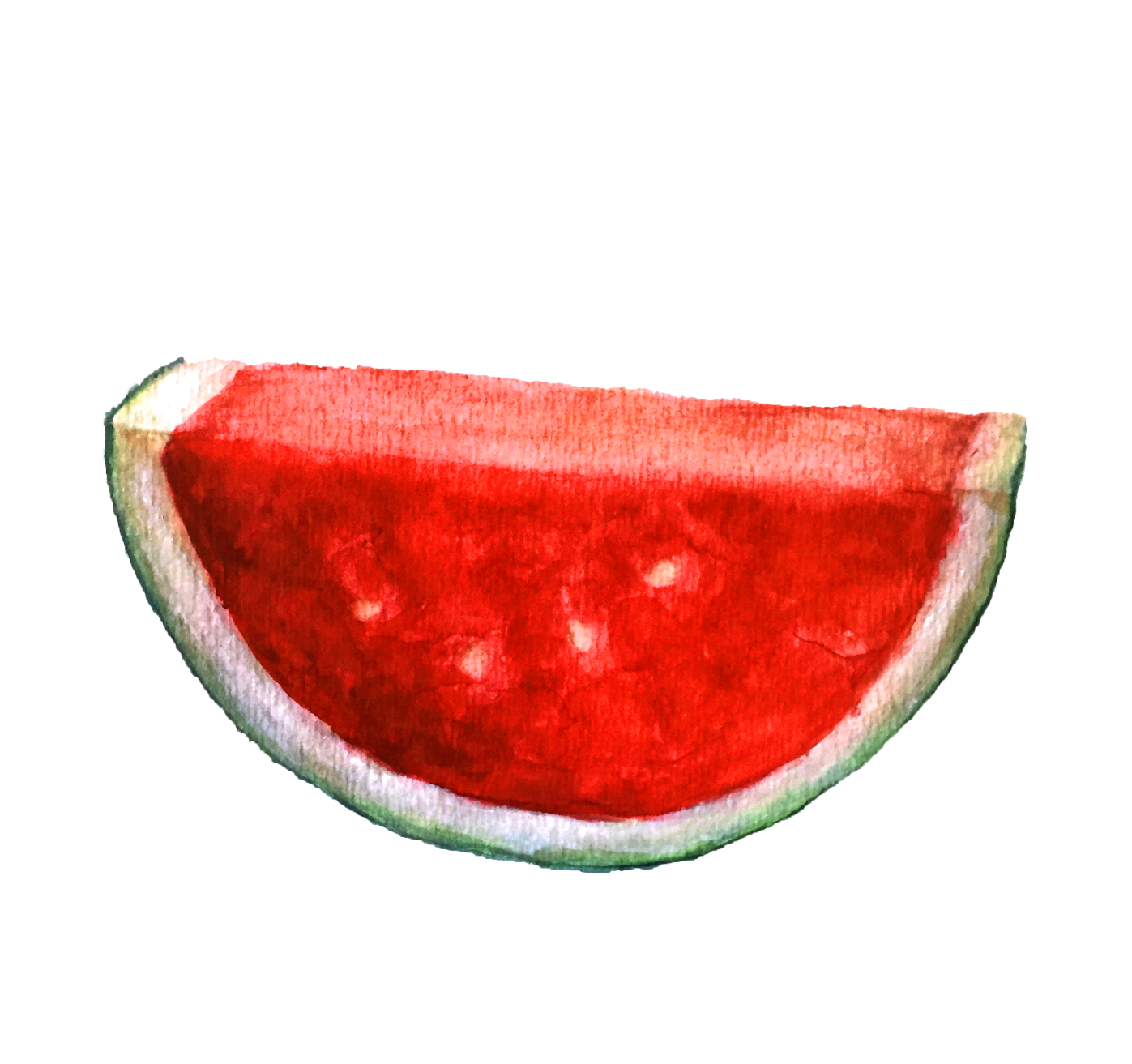
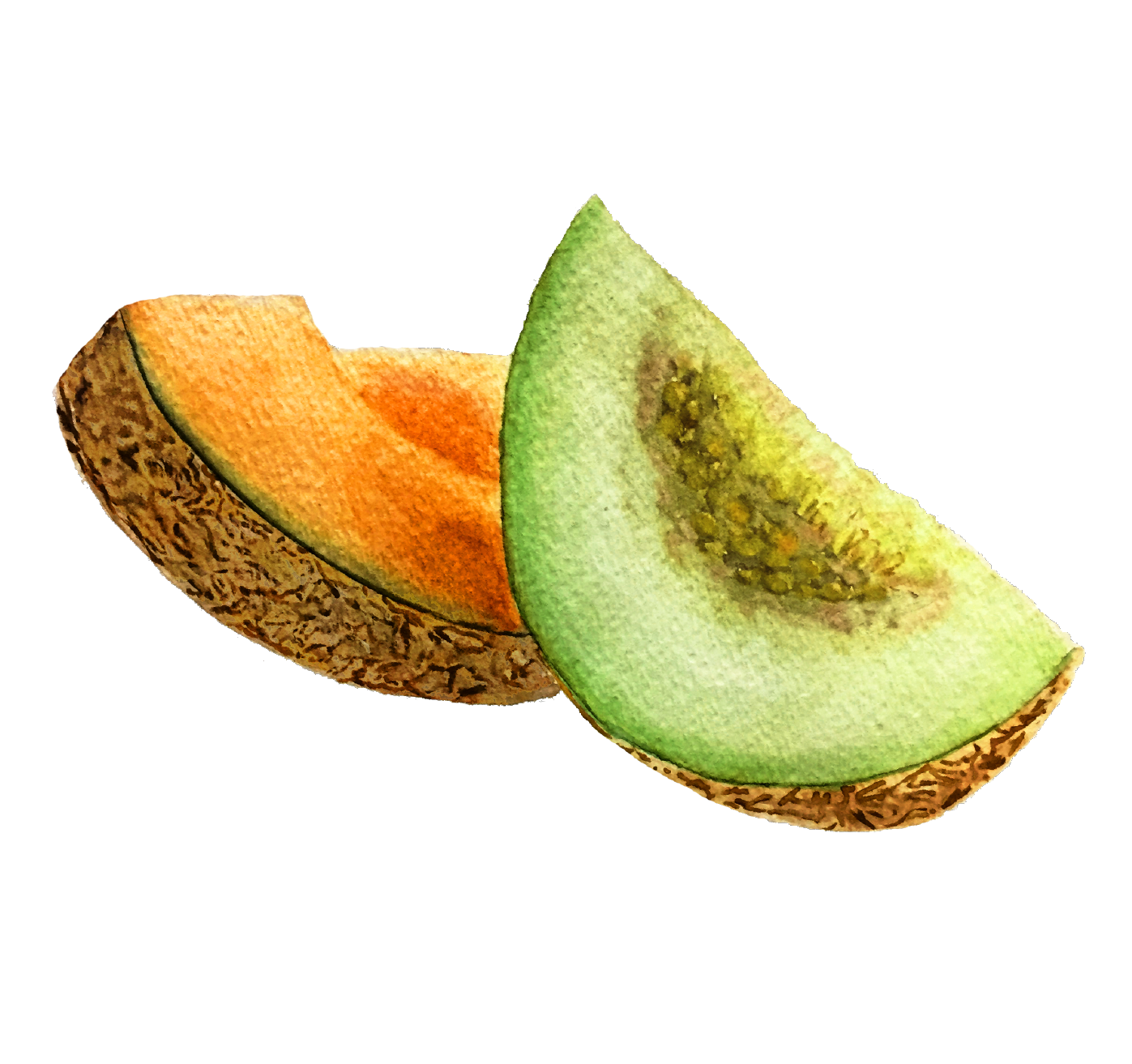
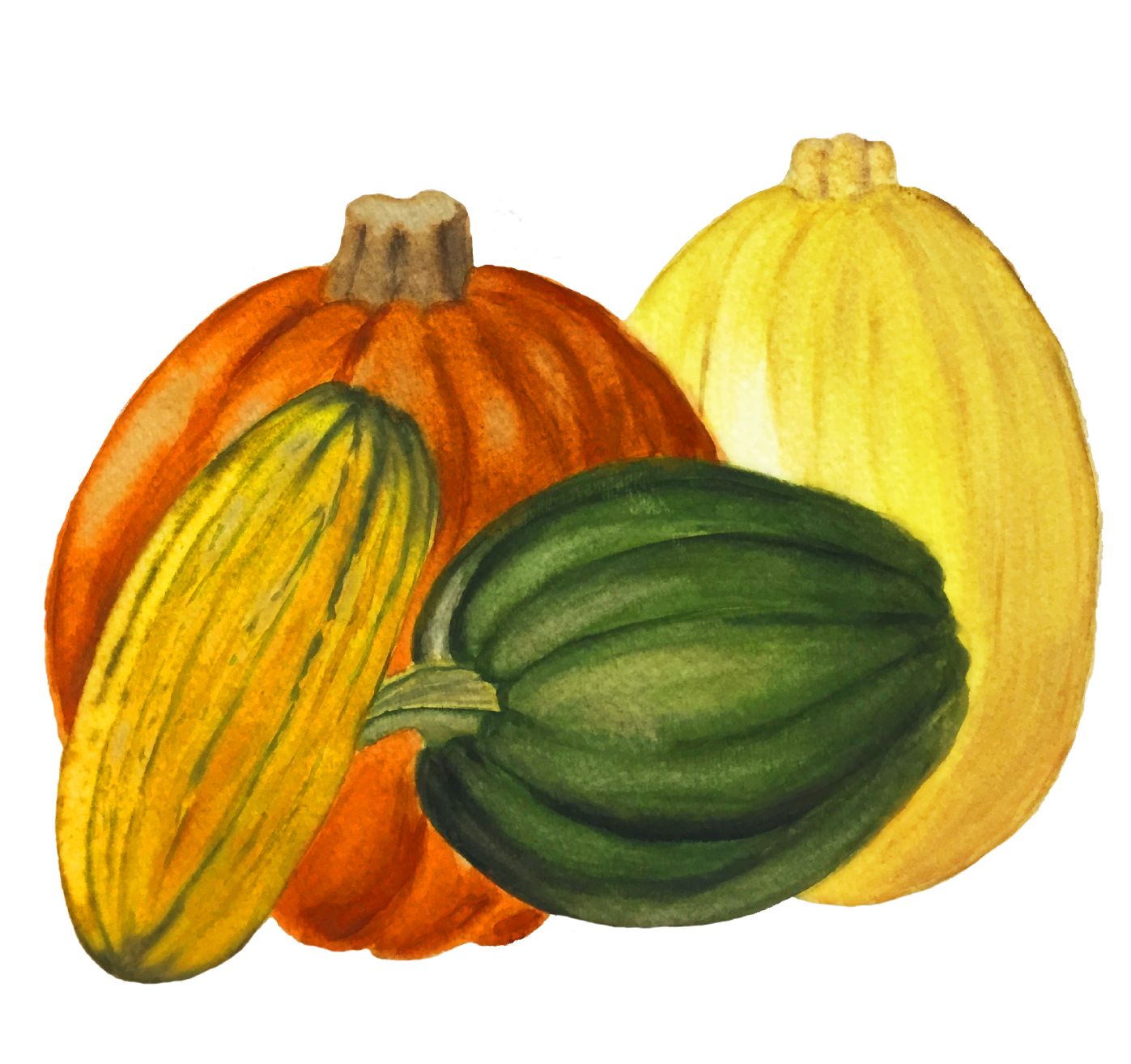
These recipes featuring tomatoes and winter squash (sometimes both!) are sure to help you savor the last of summer, while easing into fall.